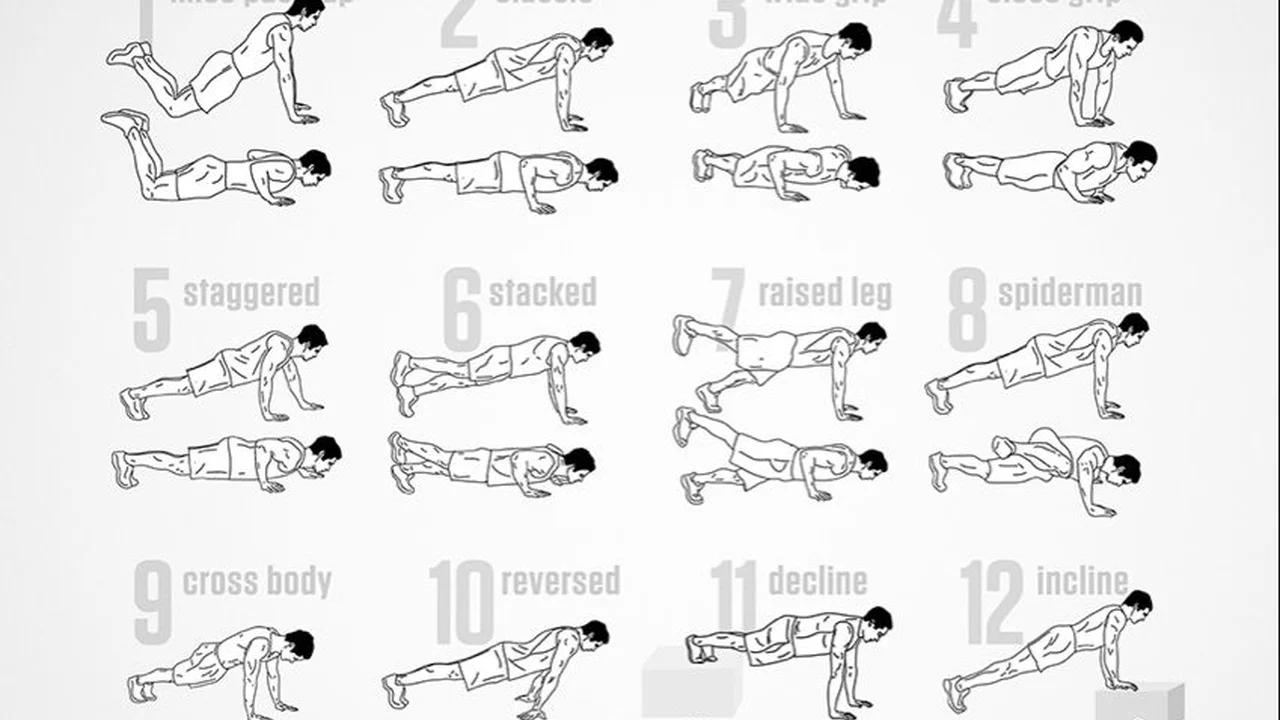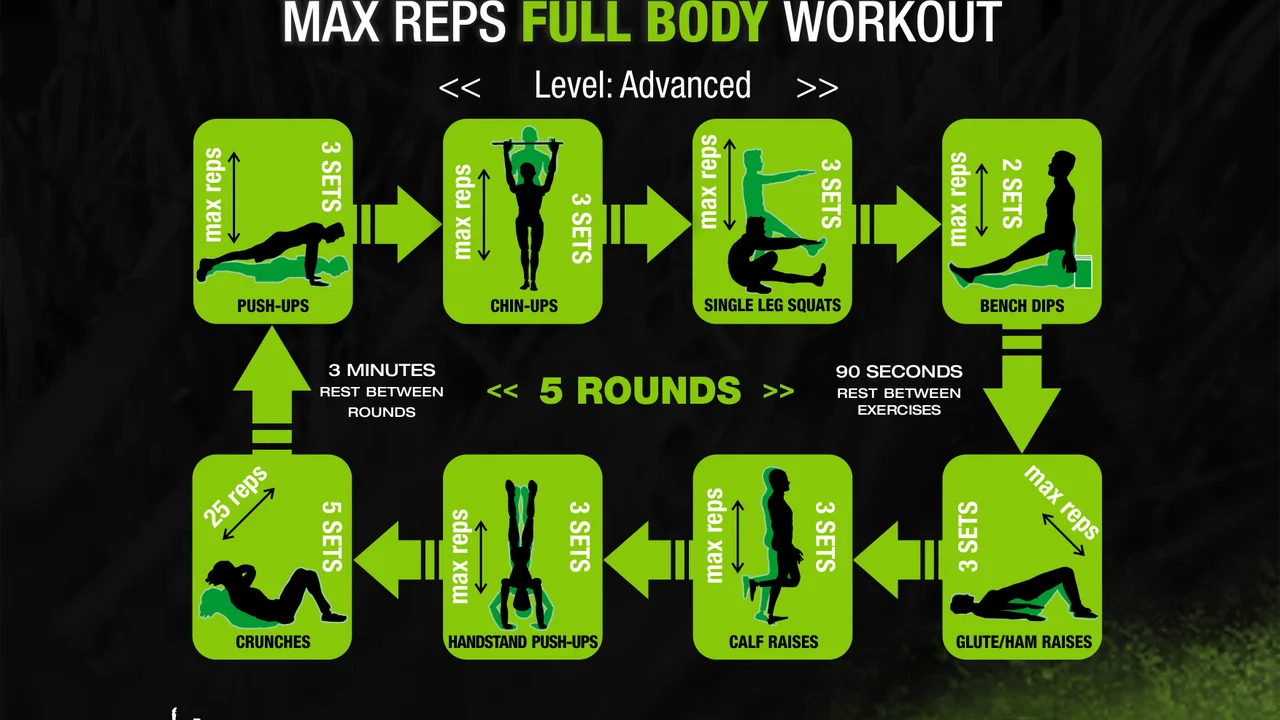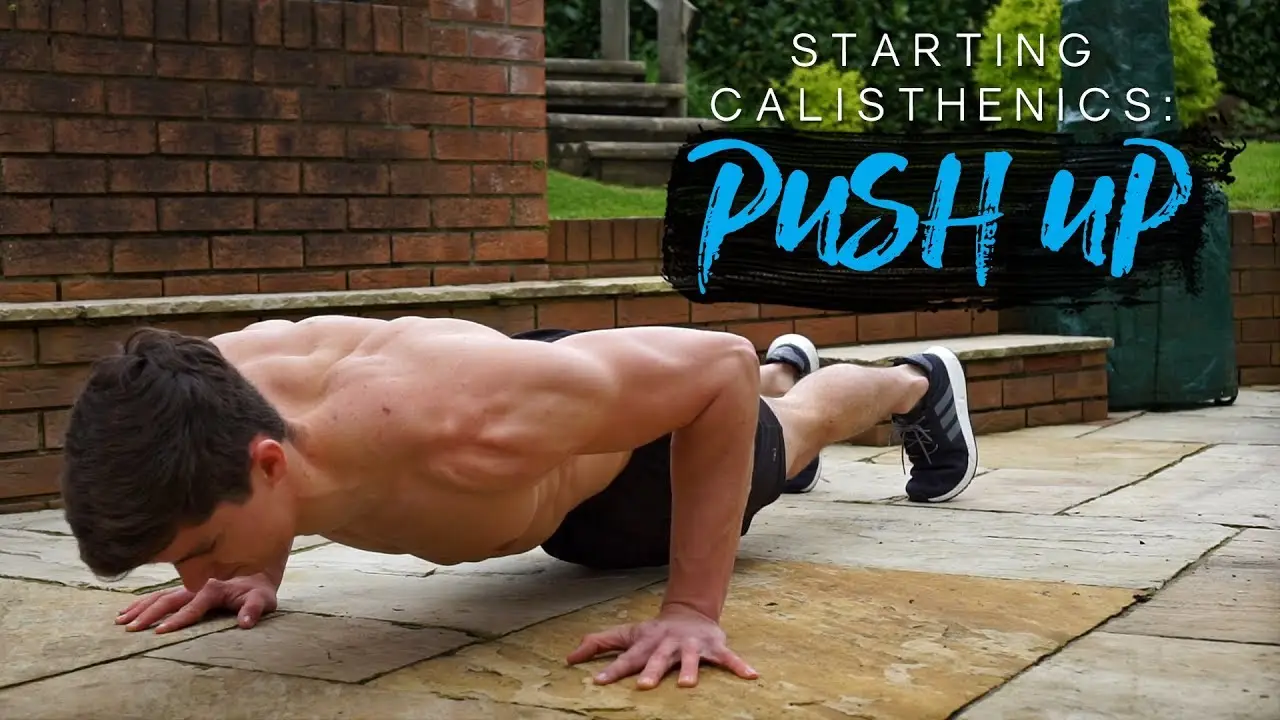7 Common Pull-Up Mistakes and How to Correct Them
Unlock your pull-up potential! Discover advanced techniques, equipment recommendations, and expert tips for building serious muscle and achieving pull-up mastery. From weighted pull-ups to isometric holds, we'll cover everything you need to take your pull-up game to the next level.

So, you've mastered the standard pull-up? Awesome! But if you're looking to truly maximize muscle growth and take your pull-up game to the next level, it's time to explore some advanced techniques. We're not just talking about doing more reps; we're talking about strategically challenging your muscles to stimulate hypertrophy (muscle growth).
Weighted Pull-Ups for Hypertrophy and Strength
One of the most effective ways to progress beyond bodyweight pull-ups is by adding external weight. Weighted pull-ups force your muscles to work harder, leading to increased strength and muscle mass. This is a classic technique for good reason!
How to do Weighted Pull-Ups:
- Start Light: Begin with a weight that allows you to perform 6-8 repetitions with good form.
- Use a Weight Belt or Vest: A weight belt is great for adding plates, while a weight vest distributes the weight more evenly.
- Maintain Proper Form: Focus on controlled movements throughout the entire range of motion. Avoid swinging or using momentum.
- Progress Gradually: Increase the weight as you get stronger, but don't sacrifice form for heavier weight.
Product Recommendations:
- Weight Belt: Harbinger Polypropylene Dip Belt - This belt is durable and can handle heavy weight. Price: Around $30.
- Weight Vest: RUNFast/Max Pro Adjustable Weighted Vest - This vest allows you to adjust the weight in small increments for gradual progression. Price: $70 - $150 depending on weight capacity.
Weight Belt vs. Weight Vest: A weight belt concentrates the weight around your waist, which can be uncomfortable for some. A weight vest distributes the weight more evenly across your torso, making it more comfortable for higher weights. Consider your personal preference and the amount of weight you plan to use.
Isometric Pull-Up Holds for Enhanced Muscle Endurance
Isometric exercises involve holding a muscle contraction in a static position. Isometric pull-up holds are fantastic for building strength at specific points in the range of motion and for improving muscle endurance.
How to do Isometric Pull-Up Holds:
- Choose a Position: Select a point in the pull-up range of motion, such as the top (chin over the bar), the midpoint, or the bottom.
- Hold the Position: Hold the chosen position for as long as you can maintain good form.
- Repeat: Perform multiple sets of isometric holds, resting between sets.
Product Recommendations:
- Pull-Up Bar with Adjustable Height: Iron Gym Total Upper Body Workout Bar - Allows for comfortable holds at different heights. Price: Around $30.
- Gymnastics Rings: Elite Sportz Equipment Gymnastics Rings - Offer instability, increasing the difficulty and engaging more muscles during holds. Price: Around $40.
Pull-Up Bar vs. Gymnastics Rings: A pull-up bar provides a stable base, making it easier to focus on holding the position. Gymnastics rings add an element of instability, which can challenge your core and stabilizer muscles more. Rings are more versatile for other exercises too!
Eccentric Pull-Ups for Controlled Muscle Growth and Injury Prevention
Eccentric pull-ups, also known as negatives, focus on the lowering (eccentric) phase of the exercise. This phase is where your muscles are lengthening under tension, which is highly effective for stimulating muscle growth and improving strength. They're also great for building the strength needed to eventually perform a full pull-up.
How to do Eccentric Pull-Ups:
- Jump or Use a Box: Start at the top of the pull-up position (chin over the bar) by jumping or using a box.
- Lower Slowly: Slowly lower yourself down to the bottom of the pull-up position, controlling the descent as much as possible. Aim for a 3-5 second descent.
- Repeat: Repeat the process, jumping or using a box to get back to the top position for each repetition.
Product Recommendations:
- Assisted Pull-Up Machine (if available at your gym): This machine provides assistance during the concentric (lifting) phase, allowing you to focus on the eccentric phase. Price: Gym membership dependent.
- Resistance Bands: Serious Steel Fitness Resistance Bands - Can be used to assist with the concentric phase, allowing you to focus on a controlled eccentric. Price: $10 - $30 depending on resistance.
Assisted Pull-Up Machine vs. Resistance Bands: An assisted pull-up machine provides consistent assistance throughout the entire range of motion. Resistance bands provide more assistance at the bottom of the movement, which can be helpful for those who struggle with the initial pull. Bands are also more portable and versatile.
L-Sit Pull-Ups for Core and Upper Body Strength
L-sit pull-ups combine the pull-up with the L-sit, a challenging core exercise. This variation requires significant core strength and stability, making it a great way to work your abs and upper body simultaneously.
How to do L-Sit Pull-Ups:
- Start in a Hanging Position: Grip the bar with an overhand grip, slightly wider than shoulder-width.
- Engage Your Core: As you pull yourself up, simultaneously lift your legs straight out in front of you, forming an "L" shape with your body.
- Maintain the L-Sit: Keep your legs extended throughout the entire pull-up motion.
- Lower Slowly: Slowly lower yourself back down to the starting position, maintaining the L-sit until you reach full extension.
Product Recommendations:
- Chalk: Spider Chalk - Improves grip, especially helpful when core fatigue makes holding the bar difficult. Price: Around $15.
- Parallettes: Lebert Fitness Parallettes - While not directly for the pull-up, practicing L-sits on parallettes can build the core strength needed for L-sit pull-ups. Price: Around $90.
Chalk vs. Parallettes: Chalk directly improves grip, making the exercise safer and more efficient. Parallettes indirectly improve L-sit pull-ups by building the foundational core strength required. Use chalk directly during pull-ups; use parallettes as a supplemental exercise.
Plyometric Pull-Ups for Explosive Power and Muscle Fiber Recruitment
Plyometric pull-ups, also known as explosive pull-ups, involve generating maximum power to pull yourself up quickly and explosively. This variation helps develop explosive power and recruits more muscle fibers.
How to do Plyometric Pull-Ups:
- Start in a Hanging Position: Grip the bar with an overhand grip, slightly wider than shoulder-width.
- Pull Up Explosively: Pull yourself up as quickly and powerfully as possible, aiming to get your chest to the bar.
- Release and Catch: At the top of the movement, briefly release your grip and then quickly regrip the bar as you lower yourself back down.
- Control the Descent: Control the descent to protect your joints.
Product Recommendations:
- High-Quality Pull-Up Bar: Stud Bar Pull Up Bar - A sturdy bar is essential for the explosive movements involved in plyometric pull-ups. Price: $100 - $150.
- Foam Padding for Landing Zone (optional): Can help cushion landings if you're practicing drop-down variations. Price: Varies depending on size and material.
High-Quality Pull-Up Bar vs. Foam Padding: A high-quality bar is *essential* for safety. Foam padding is optional, but recommended if you're experimenting with more advanced plyometric variations where you're dropping down from the bar.
Archer Pull-Ups for Unilateral Strength and Muscle Imbalance Correction
Archer pull-ups are a unilateral (one-sided) pull-up variation that targets each side of your back and arms individually. This can help to correct muscle imbalances and improve overall strength.
How to do Archer Pull-Ups:
- Start in a Wide Grip: Grip the bar with a wider than shoulder-width grip.
- Pull Towards One Side: As you pull yourself up, focus on pulling towards one side of the bar, extending the opposite arm straight out.
- Alternate Sides: Alternate pulling towards each side on each repetition.
- Control the Movement: Maintain control throughout the entire range of motion.
Product Recommendations:
- Gymnastics Rings (highly recommended): Elite Sportz Equipment Gymnastics Rings - The instability of the rings makes archer pull-ups even more challenging and effective. Price: Around $40.
- Resistance Bands (for assistance if needed): Can help you get the initial strength to perform the movement. Price: $10 - $30 depending on resistance.
Gymnastics Rings vs. Resistance Bands: Rings are the ideal tool for Archer pull-ups due to the added instability. Resistance bands are helpful as an *assistance* tool if you're not yet strong enough to perform the full movement with proper form.
Pull-Up Form Variations: Supinated, Neutral, and Mixed Grips for Targeted Muscle Activation
Varying your grip can change the muscles that are emphasized during the pull-up. Experiment with different grips to target different areas of your back and arms.
Grip Variations:
- Supinated Grip (Chin-Up): Palms facing you. Emphasizes the biceps more than the lats.
- Neutral Grip (Parallel Grip): Palms facing each other. Works the brachialis and brachioradialis muscles more.
- Mixed Grip: One palm facing you, one palm facing away. Can be helpful for those who struggle with grip strength.
Product Recommendations:
- Pull-Up Bar with Multiple Grip Options: Perfect Fitness Multi-Gym Doorway Pull Up Bar - Allows for various grip positions. Price: Around $35.
- Rotating Pull-Up Handles: Can reduce stress on the wrists and elbows when using different grip variations. Price: Varies depending on brand and quality.
Pull-Up Bar with Multiple Grips vs. Rotating Handles: A multi-grip pull-up bar provides a variety of fixed grip positions. Rotating handles offer more flexibility and can be more comfortable for some individuals, especially those with wrist issues.
By incorporating these advanced techniques and equipment into your pull-up training, you'll be well on your way to achieving maximum muscle growth and pull-up mastery. Remember to focus on proper form, progress gradually, and listen to your body. Happy pulling!
:max_bytes(150000):strip_icc()/277019-baked-pork-chops-with-cream-of-mushroom-soup-DDMFS-beauty-4x3-BG-7505-5762b731cf30447d9cbbbbbf387beafa.jpg)






